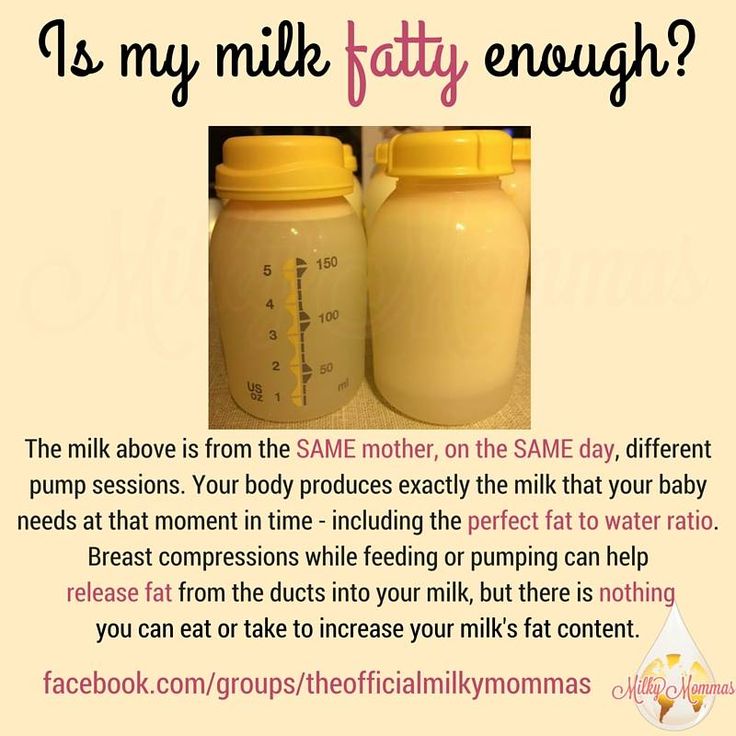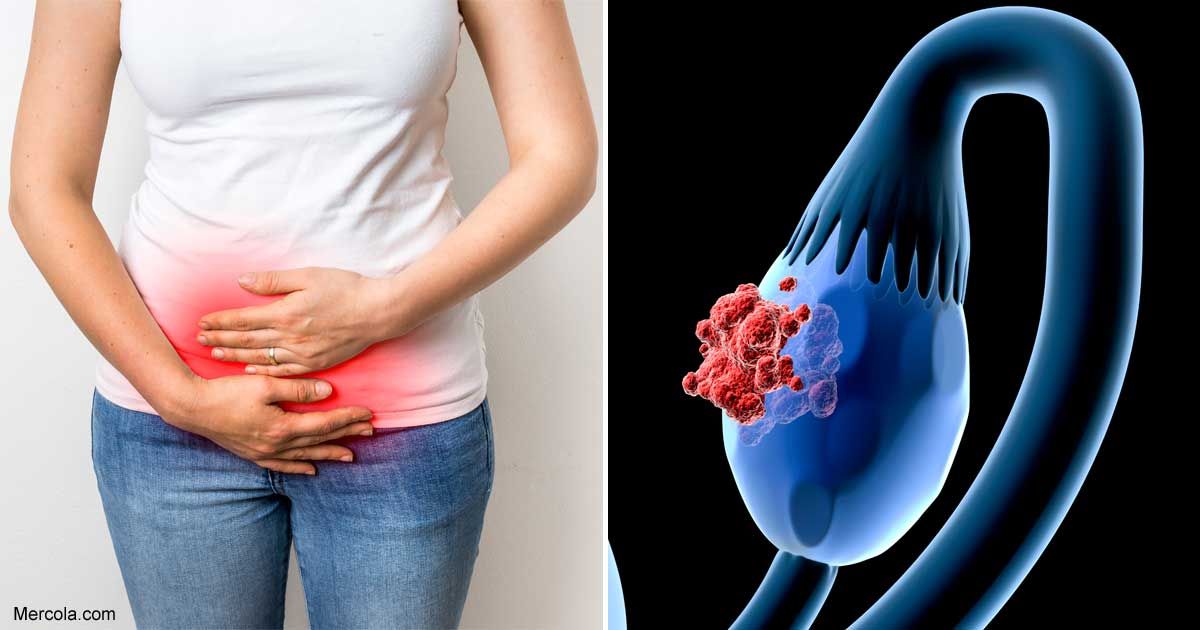When does pregnancy
Pregnancy Week By Week | First Month Symptoms and Signs
In This Section
- Month by Month
- What happens in the second month?
- What happens in the third month?
- What happens in the fourth month?
- What happens in the fifth month?
- What happens in the sixth month?
- What happens in the seventh month?
- What happens in the eighth month?
- What happens in the ninth month?
- What happens in the tenth month?
What happens in the first month of pregnancy?
Pregnancy is divided into 3 trimesters. Each trimester is a little longer than 13 weeks. The first month marks the beginning of the first trimester.
What’s gestational age?
Pregnancy timing is measured using “gestational age.” Gestational age starts on the first day of your last menstrual period (LMP).
Gestational age can be confusing. Most people think of pregnancy as lasting 9 months. And it’s true that you’re pregnant for about 9 months. But because pregnancy is measured from the first day of your last menstrual period — about 3-4 weeks before you’re actually pregnant — a full-term pregnancy usually totals about 40 weeks from LMP — roughly 10 months.
Many people don’t remember exactly when they started their last menstrual period — that’s OK. The surest way to find out gestational age early in pregnancy is with an ultrasound.
What happens during week 1 - 2?
These are the first 2 weeks of your menstrual cycle. You have your period. About 2 weeks later, the egg that’s most mature is released from your ovary — this is called ovulation.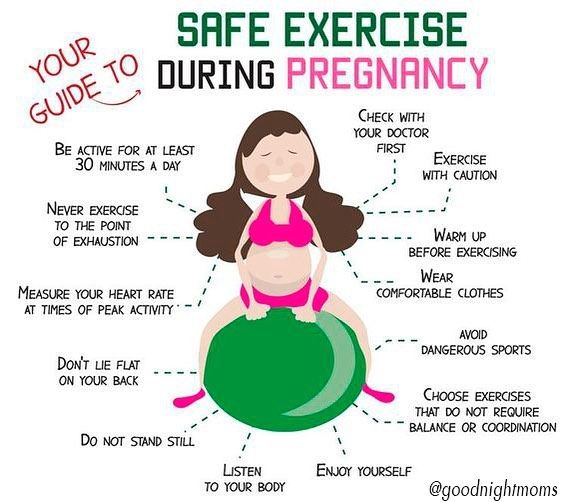 Ovulation may happen earlier or later, depending on the length of your menstrual cycle. The average menstrual cycle is 28 days.
Ovulation may happen earlier or later, depending on the length of your menstrual cycle. The average menstrual cycle is 28 days.
After it’s released, your egg travels down your fallopian tube toward your uterus. If the egg meets up with a sperm, they combine. This is called fertilization. Fertilization is most likely to occur when you have unprotected vaginal sex during the 6 days leading up to — and including the day of — ovulation.
What happens during week 3 - 4?
The fertilized egg moves down your fallopian tube and divides into more and more cells. It reaches your uterus about 3–4 days after fertilization. The dividing cells then form a ball that floats around in the uterus for about 2–3 days.
Pregnancy begins when the ball of cells attaches to the lining of your uterus. This is called implantation. It usually starts about 6 days after fertilization and takes about 3–4 days to be complete.
Pregnancy doesn’t always happen, even if an egg is fertilized by a sperm.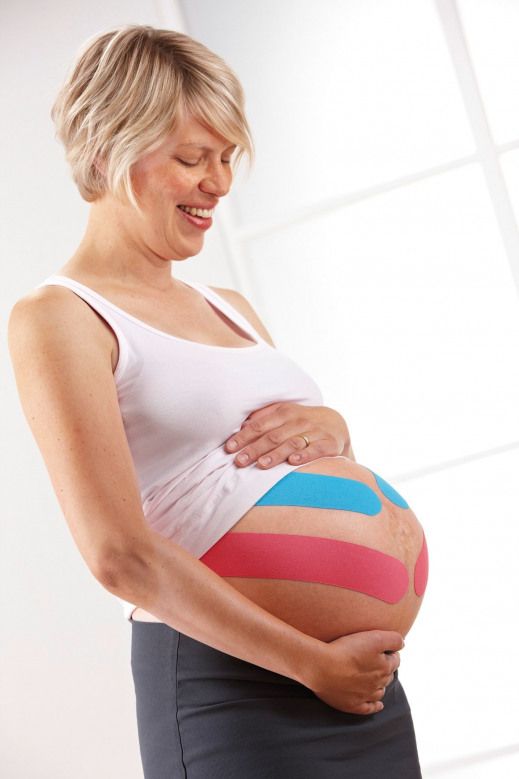 Up to half of all fertilized eggs pass out of your body when you get your period, before implantation is complete.
Up to half of all fertilized eggs pass out of your body when you get your period, before implantation is complete.
What are the signs of pregnancy?
For a lot of people, the first sign of pregnancy is a missed period. Most pregnancy tests will be positive by the time you’ve missed your period. Other early pregnancy symptoms include feeling tired, feeling bloated, peeing more than usual, mood swings, nausea, and tender or swollen breasts. Not everyone has all of these symptoms, but it’s common to have at least 1 of them.
Was this page helpful?- Yes
- No
Help us improve - how could this information be more helpful?
How did this information help you?
Please answer below.
Are you human? (Sorry, we have to ask!)
Please don't check this box if you are a human.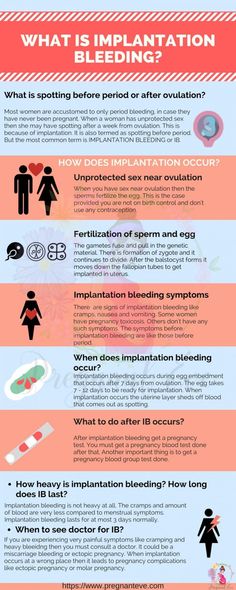
You’re the best! Thanks for your feedback.
Thanks for your feedback.
We couldn't access your location, please search for a location.
Zip, City, or State
Please enter a valid 5-digit zip code or city or state.
Please fill out this field.
Service All Services Abortion Abortion Referrals Birth Control COVID-19 Vaccine HIV Services Men's Health Care Mental Health Morning-After Pill (Emergency Contraception) Pregnancy Testing & Services Primary Care STD Testing, Treatment & Vaccines Transgender Hormone Therapy Women's Health Care
Filter By All Telehealth In-person
Please enter your age and the first day of your last period for more accurate abortion options.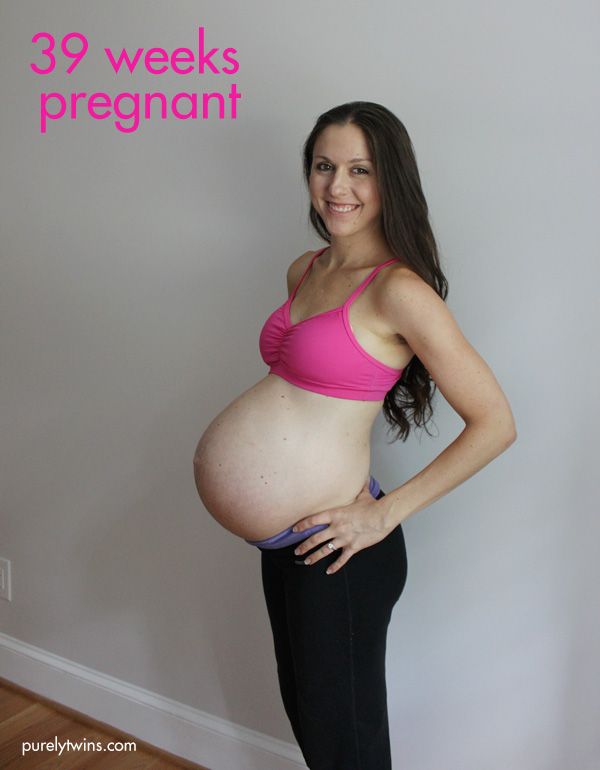 Your information is private and anonymous.
Your information is private and anonymous.
I'm not sure This field is required.
AGE This field is required.
Or call 1-800-230-7526
You and your pregnancy at 1 to 3 weeks
Your weeks of pregnancy are dated from the first day of your last period.
This means that in the first 2 weeks or so, you are not actually pregnant – your body is preparing for ovulation (releasing an egg from one of your ovaries) as usual.
Your "getting pregnant" timeline is:
- day 1: the first day of your period
- day 14 (or slightly before or after, depending how long your menstrual cycle is): you ovulate
- within 24 hours of ovulation, the egg is fertilised by sperm if you have had sex in the last few days without using contraception
- about 5 to 6 days after ovulation, the fertilised egg burrows into the lining of the womb – this is called implantation
- you're now pregnant
Find out more about trying to get pregnant.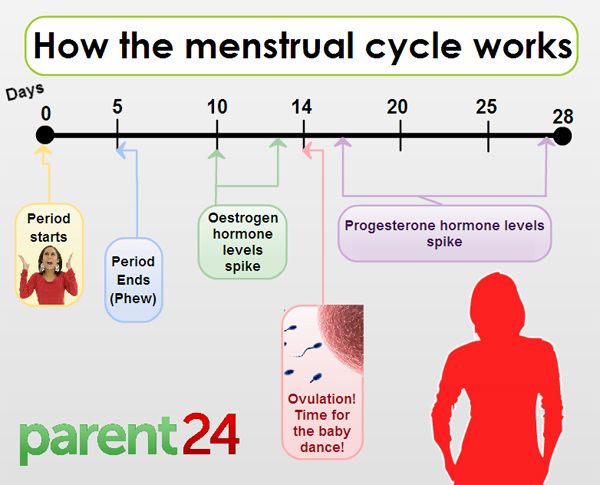
You at 1 to 3 weeks
The first thing most women notice is that their period does not arrive.
Find out about the signs and symptoms of pregnancy
The most reliable way of finding out if you're pregnant is to take a pregnancy test.
Once you think you could be pregnant, it's important to get in touch with a midwife or doctor to start your pregnancy (antenatal) care.
You can do this by contacting:
- your GP surgery – if you're not registered with a GP, you can find a GP
- your local hospital's maternity unit – find maternity services
Things to think about
In the early days and weeks of pregnancy, you may not know if you're pregnant.
But you can do the following things:
- take a folic acid supplement of 400 micrograms a day while you're trying to get pregnant and until the 12th week of pregnancy
- take a vitamin D supplement of 10 micrograms a day
- avoid some foods to protect against infections
- stopping smoking is one of the best things you can do for your baby's health
You can get supplements from pharmacies and supermarkets, or your GP may be able to prescribe them for you.
If you want to get your vitamin D or folic acid from a multivitamin tablet, make sure the tablet does not contain vitamin A (or retinol).
You can get vitamin supplements containing folic acid and vitamin D free of charge if you're under 18, pregnant or breastfeeding and qualify for the Healthy Start scheme.
Sign up for Start4Life's weekly emails for expert advice, videos and tips on pregnancy, birth and beyond.
Go to you and your baby at 4 weeks pregnant.
Page last reviewed: 12 October 2021
Next review due: 12 October 2024
Fomin's clinic — a network of multidisciplinary clinics
If pregnancy does not occur within six months of active sexual life, then this is one of the signs of infertility. But don't panic. This does not mean at all that you have infertility, perhaps it is enough for you, for example, to adjust your diet.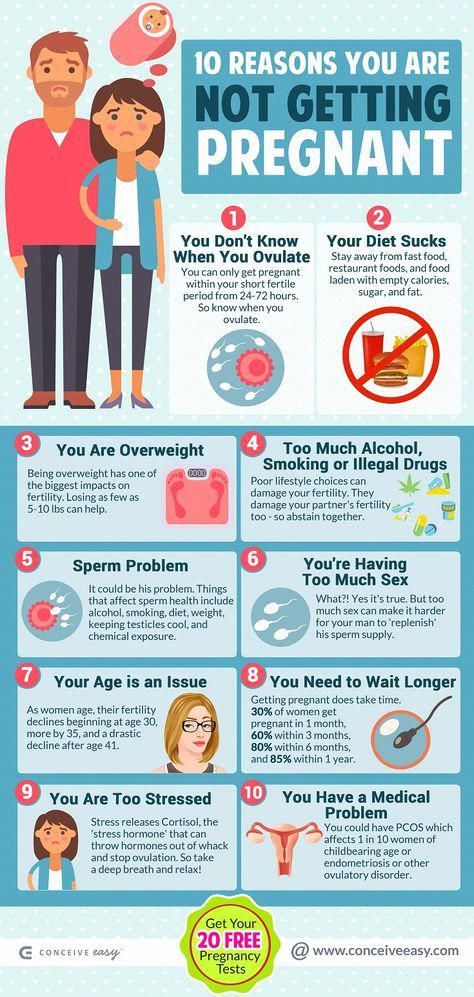 Second, infertility is treated. Well, you should not immediately cheat yourself on the subject of IVF. Remember, infertility is not the same as IVF.
Second, infertility is treated. Well, you should not immediately cheat yourself on the subject of IVF. Remember, infertility is not the same as IVF.
Infertility is a diagnosis that 10% of women all over the world have to live with: according to statistics, every fourth married couple is infertile. In this article we will talk about what female infertility is, how to live with it and whether it can be overcome.
Female infertility is a diagnosis made after a year of unsuccessful attempts to have children, subject to regular sex with a partner without contraception. If a woman is older than 35 years, the diagnosis is made faster - after 6 months. After 35 years, the ability to conceive gradually decreases, so older women should not delay treatment.
However, one should not rush to sad conclusions either. According to statistics, even completely healthy couples under the age of 30 manage to conceive a child in the first three months only in 20-37% of cases. At the same time, after six months, pregnancy occurs already in 80% of couples. Until a year has passed from the first attempt, there is no need to worry, be examined, and even more so, to be treated.
Until a year has passed from the first attempt, there is no need to worry, be examined, and even more so, to be treated.
Pregnancy depends on many reasons - in order for the "stars to align" and all the factors to coincide, sometimes it takes some time.
For example, it is known that the easiest way to get pregnant is to make love 3-4 times a week. But a break of more than 5 days can adversely affect the quality of spermatozoa.
In addition, much depends on the lifestyle of parents - stress and heavy workload reduce fertility in both men and women. It's no surprise that many successful pregnancies have started during family vacations.
If less than 6-12 months have passed since the first attempt, you can try several "life hacks":
Choose the best time to conceive. According to some reports, the day of ovulation and 2-3 days before it are best suited for conception. To find out when ovulation occurs, a urinary express test for luteinizing hormone will help - a day or two before ovulation it will become positive. However, calculating the optimal time is not always the best option.
However, calculating the optimal time is not always the best option.
I always oppose the calculation of the optimal time for conception, because because of this, sex begins on a schedule in a couple's life, and this is one continuous stress. It seems to me that it is more reasonable to have sex 2-3 times a week during the entire cycle.
Kosolapova Inna Vladimirovna, gynecologist-reproductologist of the Fomina Clinic, chief physician
Do not use lubricants. Water-based, oil-based and silicone-based lubricants reduce sperm survival. But lubricants based on hydroxyethylcellulose have less effect on sperm survival - so if there is a lack of lubrication, you can continue to use them.
Stop dieting. Good nutrition is the key to a successful pregnancy. But don't overeat either. There is evidence that a body mass index (BMI) of 19 is ideal for pregnancy.-thirty. In women who have a BMI greater or less, the time to conception increases.
You can calculate your BMI manually by dividing your weight by your height squared. Alternatively, you can use the built-in calculator on the website of the medical organization, or download a special application.
Alternatively, you can use the built-in calculator on the website of the medical organization, or download a special application.
Quit smoking and alcohol. Smoking increases the risk of infertility by 1.6 times. It is also better not to abuse alcohol - eat more than 20 grams of ethanol per day, the risks of "earning" infertility increase by 60%.
On the other hand, the position of the body during sex, based on the available data, does not affect the result in any way. The "missionary" position is suitable for conception just like any other.
If more than a year has passed and nothing helps, it's time to see a doctor. The diagnosis of "infertility" has the right to make only an obstetrician-gynecologist (reproductologist).
It is important to understand that infertility is not only a woman's problem. According to statistics, in the absence of children in a third of cases, the mother is “to blame”, in a third - the father, and in another third of cases the cause of infertility cannot be established. This means that with the diagnosis of "infertility" it is necessary to examine both partners.
This means that with the diagnosis of "infertility" it is necessary to examine both partners.
Male infertility is diagnosed by a urologist/andrologist. But if you go to a family planning center, a reproductologist can make a diagnosis.
Most often, female infertility is associated with problems in the reproductive system: in the ovaries, fallopian (or fallopian) tubes, through which the egg passes from the ovaries to the uterus, and in the uterus itself. To figure out what exactly “broke down” in the female reproductive system, the doctor will collect an anamnesis, carefully examine the patient and prescribe tests. We talk more about this in the article "Diagnostics of female infertility".
Infertility is treated, and quite successfully — according to statistics, after diagnosis and therapy, children appear in 50% of women (without the use of assisted reproductive technologies: IVF, etc.). On the other hand, success depends on many factors, from the age and history of previous pregnancies to problems with the partner's sperm.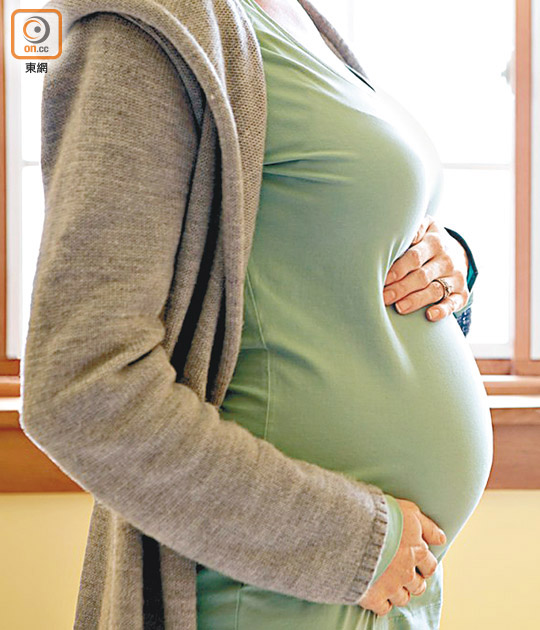 Many factors influence the possibility of getting pregnant, so it can be difficult to predict the result.
Many factors influence the possibility of getting pregnant, so it can be difficult to predict the result.
If the problem is overweight or underweight, it is often enough to normalize the weight for a successful pregnancy. True, much more often the problem is associated with sex hormones - in this situation, the doctor will select the appropriate medication. And if the problem is in the obstruction of the fallopian tubes or in the uterus itself, surgery may be required.
In vitro fertilization (IVF) is available for patients for whom these treatments are not suitable or have not worked.
The essence of IVF is that the patient's ovaries are stimulated with the help of hormones, then the egg is taken and fertilized with the husband's sperm, then the embryo is "grown" for some time in a special incubator and transplanted into the mother's uterus. A baby is born in the same way as other children conceived "naturally".
In Russia, the IVF procedure can be done free of charge under the CHI policy.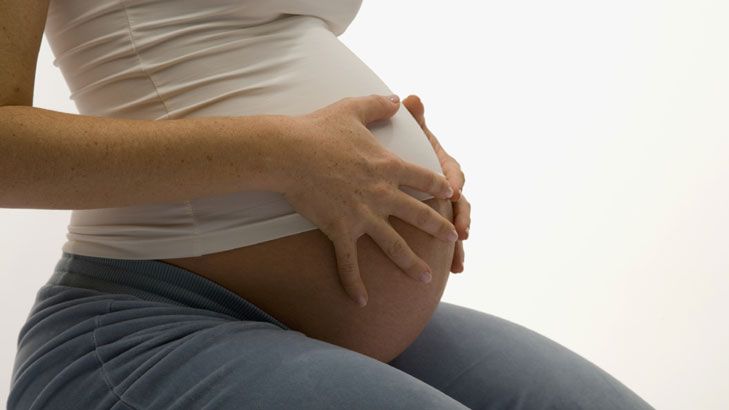 However, it is important to understand that this is a complex treatment method that requires serious preparation and gives the best result until the age of 40-45. It is difficult to predict how successful IVF will be. According to statistics, the procedure ends with the birth of a live and healthy baby in about 27% of cases.
However, it is important to understand that this is a complex treatment method that requires serious preparation and gives the best result until the age of 40-45. It is difficult to predict how successful IVF will be. According to statistics, the procedure ends with the birth of a live and healthy baby in about 27% of cases.
At the same time, IVF success rates vary greatly not only in different countries, but also in different clinics in the same city. There are clinics in which in 30-40% of cases it is possible to achieve a positive result on the first try.
Very often, mothers are concerned about possible health problems that may occur in children conceived through IVF. But in recent times there has been much less cause for concern than 20 years ago.
When the method was first created, all viable embryos that were obtained after fertilization were placed into the uterus of mothers “just in case”. If everyone took root, the mother often gave birth to twins or triplets, and sometimes “quadruples”. It is much harder to bear several children than one - and after all, mothers already had problems with pregnancy, otherwise IVF would simply not have been required.
It is much harder to bear several children than one - and after all, mothers already had problems with pregnancy, otherwise IVF would simply not have been required.
Today, the goal of the procedure is the birth of one healthy baby, so mothers transfer only one, maximum two of the best embryos. As a result, most children born after IVF do not differ much from their peers.
- Female infertility is as common as male infertility. If you can’t get pregnant within a year, you need to be examined, and sometimes treated together with your spouse.
- Infertility is a complex diagnosis that can have many causes. However, after treatment, about half of women successfully become pregnant and give birth to healthy babies (without IVF).
- IVF is a fairly effective way to give birth to a healthy baby. However, this method (like any other) has pros and cons, so you need to make a decision after consulting with an obstetrician-gynecologist or reproductologist.
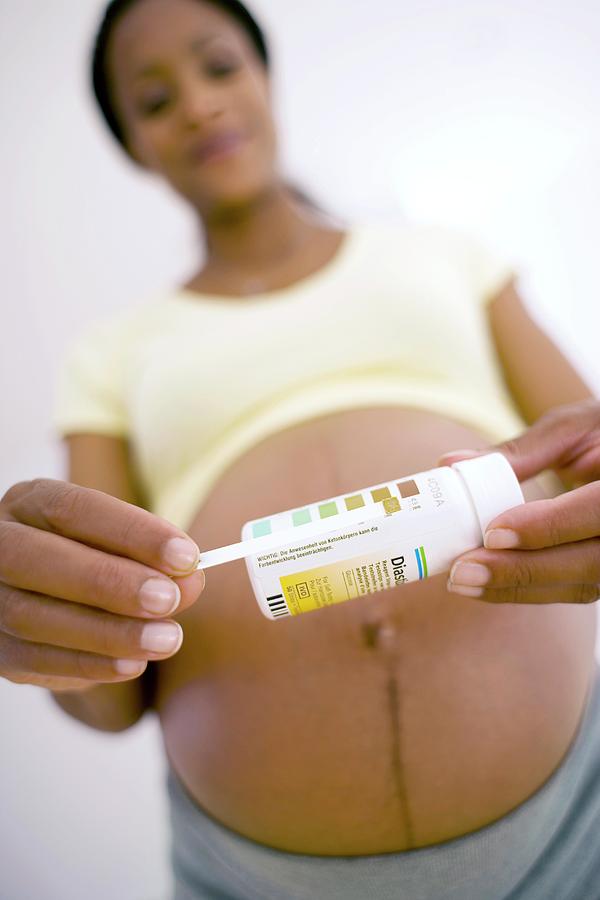
Follow us
Ovulation and pregnancy | Huggies® Official Website
PreviousNext
- How does ovulation and fertilization occur?
- When does pregnancy occur? Right after ovulation?
- So how do you calculate ovulation?
- What should be the sensations after ovulation?
- When will signs of pregnancy appear after ovulation and conception?
- Why did not conception occur after ovulation?
Contents:
Ovulation is a special event. It means that a woman has begun a period in which she can give a new life. How to calculate the date of ovulation? What are the best days for getting pregnant? How long after ovulation does conception occur? We answer the questions of expectant mothers.
How does ovulation and fertilization occur?
In the first phase of the menstrual cycle, the maturation of the follicle begins in one of the ovaries. This small vesicle consists of an ovum enclosed in a "shell" of connective tissue. The follicle grows from 1 mm to 12–16 mm 1 and then bursts, releasing the egg into the fallopian tube. This moment is called ovulation.
What happens after ovulation? The egg becomes available for fertilization. For this to happen, there must be enough sperm in the fallopian tube. Contrary to popular belief, the winner will not be the most agile of them all. The ovum is surrounded by a special membrane called the "radiant crown" 2 (sounds very nice, doesn't it?). First, many fighters will die trying to destroy the protective shell, and only then one lucky one will get inside and fertilize the egg.
When does pregnancy occur? Right after ovulation?
The period in which a woman can become pregnant does not last very long: the egg cell lives only about 24 hours 3 .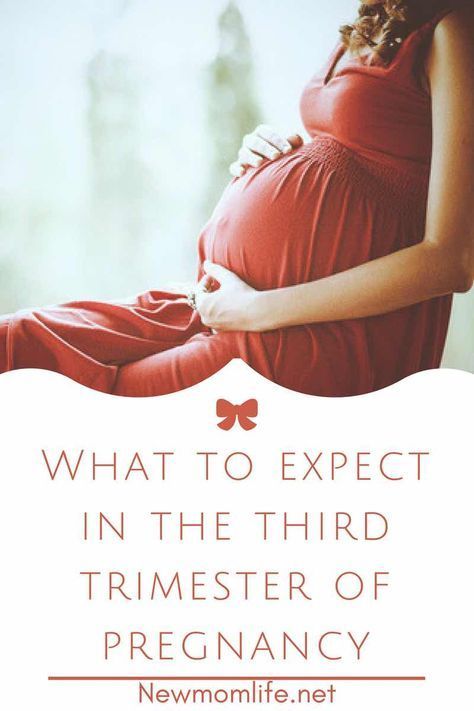 This gives us the answer to the question of how long after ovulation conception occurs - at any point in this short period. In particular, fertilization can happen almost immediately if the spermatozoa made their way into the fallopian tube even before the egg is released from the follicle.
This gives us the answer to the question of how long after ovulation conception occurs - at any point in this short period. In particular, fertilization can happen almost immediately if the spermatozoa made their way into the fallopian tube even before the egg is released from the follicle.
Some women report that they did not become pregnant on the day of ovulation, but earlier or later. This is impossible in principle, and they are wrong - it's just that the actual date of this event may not coincide with the calculated one. It is normal if ovulation happened a day or two earlier or later than the plan, and under certain conditions (hormonal changes, stress, and others), it can go beyond this. More details in this article.
So how do you calculate ovulation?
Pregnancy begins after ovulation and fertilization of the egg by sperm. It's up to the small thing - to understand when this important event will happen. Take a calendar and look at our drawing.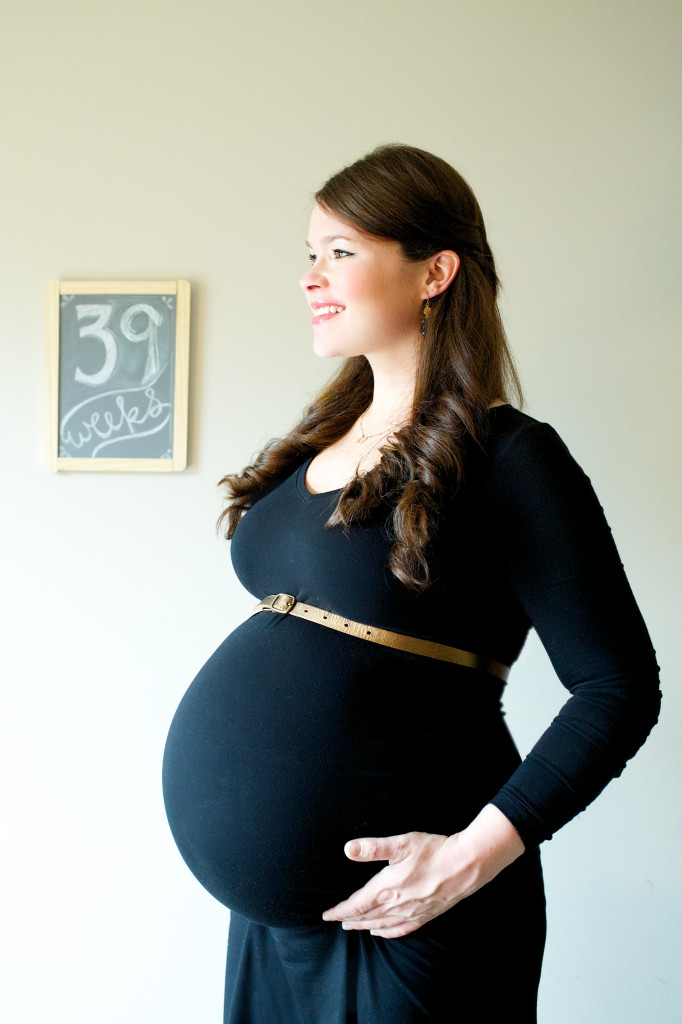 With it, you can calculate the approximate date of ovulation. But remember, this is just a prediction, and that's why we've drawn high, medium, and low pregnancy probability areas around the central day.
With it, you can calculate the approximate date of ovulation. But remember, this is just a prediction, and that's why we've drawn high, medium, and low pregnancy probability areas around the central day.
Do not try to get pregnant exactly at ovulation. It is better to cover the entire period of high probability with a “queue”. Start having sex for pregnancy 4 days before the planned date and do it every other day: 4th day before, 2nd day before, day of ovulation, 2nd day after, 4th day after. This will greatly increase your chances of success.
Approximate menstrual cycle schedule. Calculations are given for cycles with a duration of 25 to 31 days.
The ideal menstrual cycle is 28 days. In many articles on conception and ovulation, all the reasoning is built around this textbook case. Indeed, it is very convenient - ovulation in it occurs on the 14th day, dividing the cycle into two equal halves. Life is different from the ideal: the duration of the cycle for different women varies, but usually ranges from 25 to 31 days 4 .
Most likely, you will find your case in this figure, but if your cycle is shorter or longer, there is nothing strange in this - the duration is from 21 to 35 days 5 . The following knowledge will help calculate the day of ovulation: with a change in the length of the cycle, its first part usually decreases or grows, while the second remains unchanged and is always about two weeks. Set aside 14 days back from the planned first day of menstruation - get the approximate day of ovulation.
There are many more signs of ovulation that you can check out in this article.
In terms of conception, the menstrual cycle can be divided into the following phases (shown in the figure):
-
Menstruation. Sex during this period can only lead to conception under very unusual circumstances. For now, relax - auspicious days ahead.
-
From the end of menstruation to the 6th day before the planned ovulation. The probability of conception at this time is minimal.
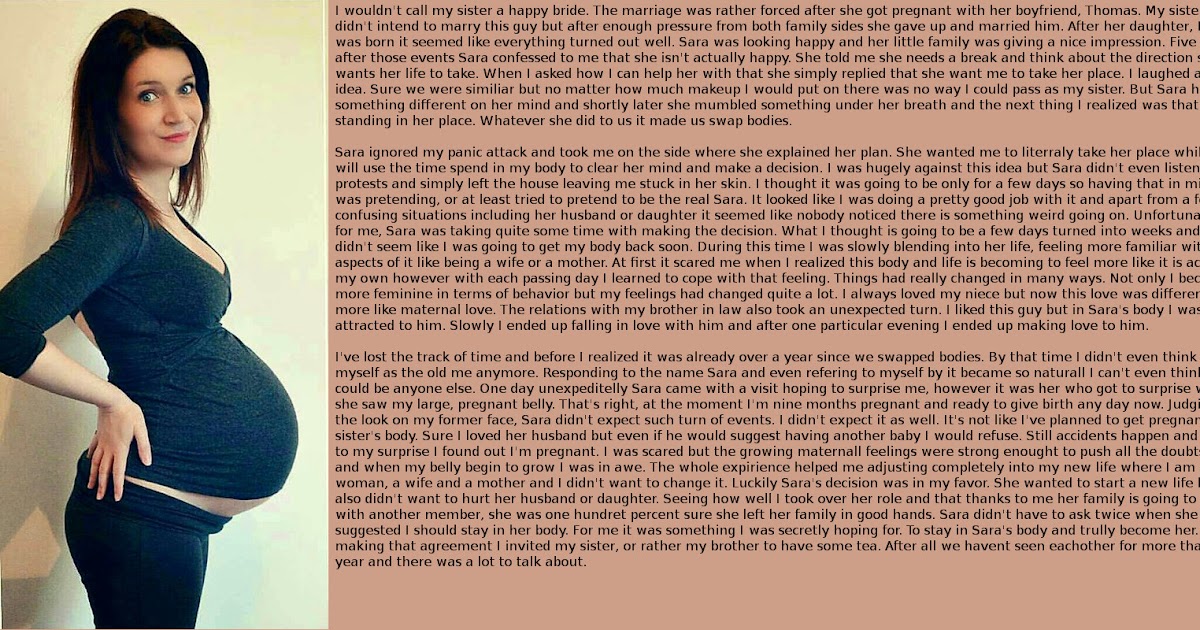 Most likely, the egg has not only not left the ovary, but has not even matured yet.
Most likely, the egg has not only not left the ovary, but has not even matured yet. -
From 5 to 3 days before the estimated ovulation date. The chance of getting pregnant increases, and there are two reasons for this. Firstly, the real day of ovulation does not always coincide with the calculated one. Secondly, spermatozoa know how to wait. Most of them will die in the vagina within a couple of hours - its acidic environment fights well not only with bacteria. However, those that can penetrate the uterus are able to live up to three, sometimes up to five days 6 .
-
Planned day of ovulation plus or minus two days. During this period, a woman is most fertile. Given the lifespan of the egg and sperm, sex these days is highly likely to lead to pregnancy. Of course, if there are no factors that can interfere with this.
-
3 to 4 days after estimated ovulation date. The chance of getting pregnant is decreasing, but still remains.
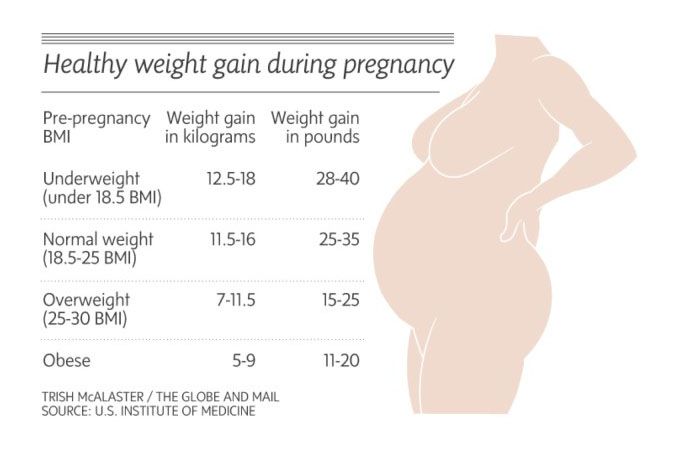 Do you remember that calculating the day of ovulation is not a very exact science? So anything is possible.
Do you remember that calculating the day of ovulation is not a very exact science? So anything is possible. -
From the 5th day after the planned ovulation until the end of the cycle. Do not seriously expect that you will be able to conceive these days, have sex just for fun. If you have tried to get pregnant on your fertile days, you may have already conceived!
What should be the feeling after ovulation?
During the menstrual cycle there is only one period in which a woman feels the changes taking place in her body. This is menstruation itself, and the sensations from it are very familiar to you. All other phases of the cycle are "asymptomatic".
The answer to the question of how to understand that ovulation was successful is prosaic: no way. The woman's body simply does not have a mechanism that would tell the brain about it. So, if you woke up with the certainty that today is that very day, these are just mind games that frolicked in a dream with the thought you desired about the joy of motherhood.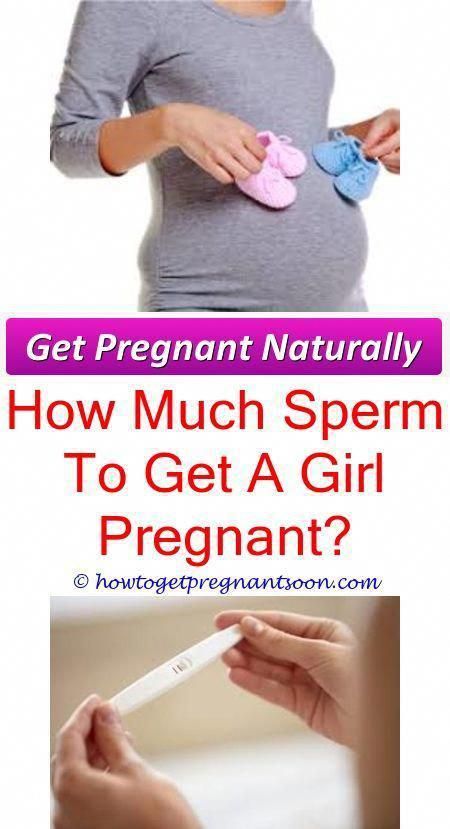 Although, coincidences also happen :)
Although, coincidences also happen :)
Even if the pregnancy has not even begun, but now you need to prepare for childbirth - study useful articles and look for courses for expectant mothers. Take the test and find out how well you are ready for childbirth and motherhood.
When will signs of pregnancy appear after ovulation and conception?
Reliable - not soon. A regular pregnancy test will show two cherished strips only after a delay, a test with increased sensitivity or laboratory analysis - 3-4 days earlier. The final confirmation with the help of ultrasound will have to wait another couple of weeks.
Do not expect pregnancy symptoms immediately after ovulation. While the fertilized egg slowly gets from the fallopian tube to its destination, almost no changes occur in the body. The first signs of pregnancy will appear only 6-10 days after ovulation, when the embryo attaches to the wall of the uterus 7 . And they will be almost invisible:
-
Change in basal body temperature.
 If you have been measuring your basal temperature all this time, you will notice a slight drop on the chart, and then a rise to a new, higher level.
If you have been measuring your basal temperature all this time, you will notice a slight drop on the chart, and then a rise to a new, higher level. -
Implantation bleeding. In the process of attaching the embryo to the wall of the uterus, the endometrium is damaged - its inner mucosa. In this case, the expectant mother may notice slight spotting.
-
Pain or cramps in the lower abdomen. Along with bleeding, mild pain may come. Therefore, women often attribute these first signs of pregnancy to early menstruation.
Why did not conception occur after ovulation?
You tried to get pregnant, but your next period started right on time. Why did it happen? Only your doctor can accurately answer this question, but we will list some likely causes.
-
Anovulatory cycle. Some menstrual cycles do not ovulate and this is perfectly normal 8 . They are called anovulatory and are needed by the body so that it can take a little break from the constant preparation for pregnancy.
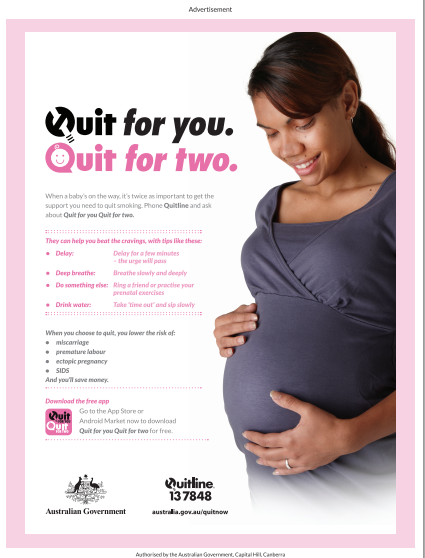 During the year, a woman experiences 1–2 anovulatory cycles.
During the year, a woman experiences 1–2 anovulatory cycles. -
Gynecological diseases. Sometimes conception after ovulation does not occur because the woman has gynecological diseases. Inflammation of the ovaries, blockage of the fallopian tubes, and some other conditions can significantly reduce the likelihood of pregnancy, and under certain conditions, even make conception impossible. A gynecologist can identify such diseases and prescribe treatment.
-
Immune or autoimmune reactions. Spermatozoa are very unusual cells. They contain only half of the chromosome set, and from the point of view of the immune system, they look like mutants. Everything is so bad that nature even had to collect them in special refrigerated bags and hang them outside the man's body. In some cases, the immune mechanisms of a woman can deal with spermatozoa at the time of passage of the cervix 9 . Autoimmune reactions also occur when a man's body destroys them.
 If the doctor considers that this may be the reason for unsuccessful attempts at conception, he will prescribe tests for both the expectant mother and the future dad.
If the doctor considers that this may be the reason for unsuccessful attempts at conception, he will prescribe tests for both the expectant mother and the future dad. -
Poor semen quality. After intercourse, spermatozoa will have to overcome the champion's obstacle course - survive in the aggressive environment of the vagina, break through the cervical mucus in the cervix, get to the right fallopian tube, destroy the protection of the egg. If the spermatozoa of the future dad are not very active, they can go the distance before conception. To exclude this cause, it is necessary to make a spermogram.
When conception occurs after ovulation, future parents take it for granted. If pregnancy does not occur, they often begin to panic and think with horror that they will never hear ringing children's laughter and light steps of tiny legs in their house. Drive unconstructive thoughts away - many couples were able to conceive far from the first time. Try again next month. We believe you will definitely succeed!
Try again next month. We believe you will definitely succeed!
Links to sources:
-
Ovaries: follicles, growth and development disorders.
-
Pansky, Ben (1982), "Chapter 12: Fertilization", Review of MEDICAL EMBRYOLOGY.
-
Depares J, Ryder RE, Walker SM, Scanlon MF, Norman CM (1986). Ovarian ultrasonography highlights precision of symptoms of ovulation as markers of ovulation. Br Med J (Clin Res Ed). 292 (6535): 1562.
-
Chiazze L, Brayer FT, Macisco JJ, Parker MP, Duffy BJ (February 1968). "The length and variability of the human menstrual cycle". JAMA. 203(6): 377–80.
-
"Menstruation and the menstrual cycle fact sheet". Office of Women's Health, USA. December 23, 2014.
-
Clubb E.




